
Year-Round Color in Colorado: Design a Four-Season Garden That Blooms Beautifully
Published: 21/10/2025 | Updated: 29/10/2025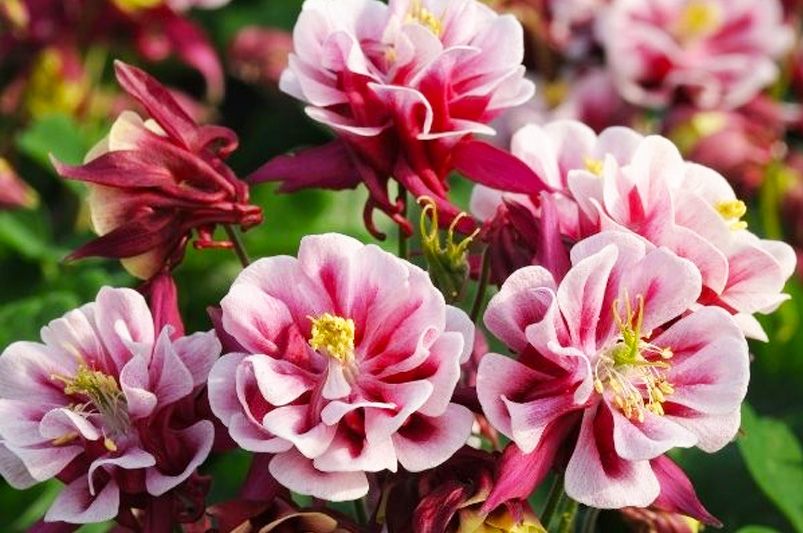
Imagine stepping into your Colorado garden in January, May, or October—and finding life and color every time. The secret to this lies in intentional garden design that balances seasonal transitions, thoughtful plant layering, and strategic selection of Colorado-hardy plants. With the right planning, your garden can be an ever-changing masterpiece of color, texture, and form.


Understanding the Colorado Challenge
Colorado’s climate poses unique challenges for gardeners. From intense sun and low humidity to unpredictable frosts, achieving year-round garden color takes more than planting what looks pretty in spring. It requires foresight, structure, and resilience.
Many homeowners struggle with:
-
Seasonal gaps — long stretches when nothing blooms.
-
Lack of evergreen structure — leaving winter landscapes bare.
-
Disorganized layering — which breaks the visual flow of the space.
But with proper seasonal garden design and succession planting strategies, these problems can be transformed into opportunities.
Strategic Plant Selection for Every Season
A thriving four-season garden starts with choosing the right plants for the right time.
Each season offers its own palette—your goal is to weave them seamlessly together.
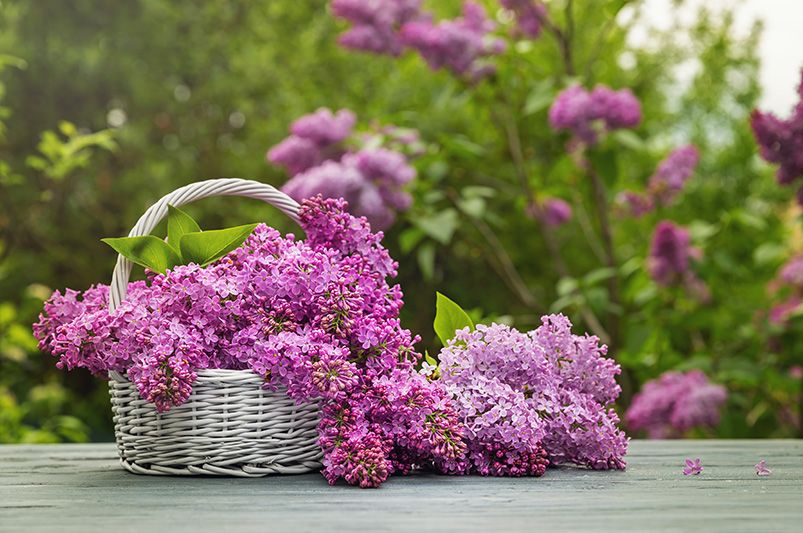
Spring: A Symphony of Renewal
Start the year with early bloomers that awaken your landscape.
-
Bulbs: Tulips, daffodils, crocuses
-
Perennials: Pasque flower (Colorado’s state flower), columbine, creeping phlox
-
Shrubs & Trees: Serviceberry, lilac, and flowering crabapple
Tip: Layer bulbs beneath perennials—when the bulbs fade, new foliage hides the dying leaves.
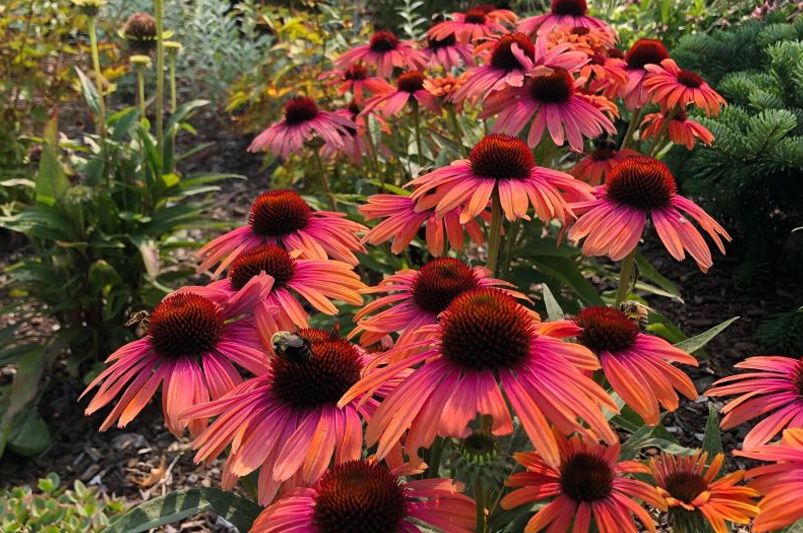
Summer: A Carnival of Color
As days warm, rely on drought-tolerant, sun-loving plants that handle Colorado’s intensity.
-
Perennials: Coneflowers, black-eyed Susans, penstemon, salvia
-
Shrubs: Roses, butterfly bush, potentilla
-
Ornamental Grasses: Blue grama or little bluestem add texture and movement.
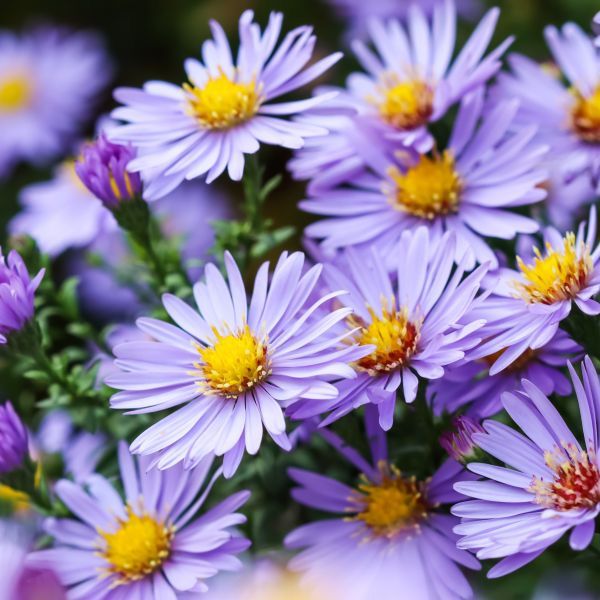
Fall: The Fiery Finale
Autumn color carries emotional warmth and depth—think reds, oranges, and golds.
-
Perennials: Asters, sedum, goldenrod
-
Shrubs: Ninebark, sumac, viburnum
-
Trees: Maples and serviceberries for fiery foliage displays
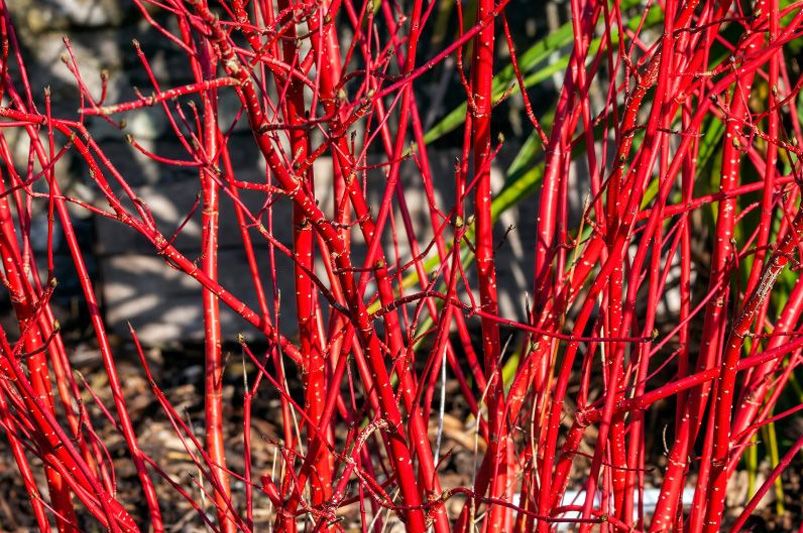
Winter: Quiet Beauty and Structure
Even in the coldest months, your garden can hold interest through evergreens, bark color, and berries.
-
Evergreens: Spruce, juniper, and dwarf pine provide structure.
-
Winter interest plants: Red-twig dogwood, paperbark maple, witch hazel
-
Decorative elements: Ornamental grasses left standing offer movement and frost-kissed elegance.
The Art of Plant Layering
Layering brings both visual harmony and practical function. Think of your garden as a stage with background, middle ground, and foreground actors—all working together.
Layering Techniques
-
Back Layer: Tall trees or shrubs (e.g., paperbark maple, spruce) anchor the scene.
-
Middle Layer: Medium perennials (e.g., coneflowers, Russian sage) fill visual gaps.
-
Front Layer: Low groundcovers (e.g., creeping thyme, sedum) create continuity.
This not only adds depth but ensures blooms overlap as one plant fades and another rises.
Pro Tip: Repeat colors or textures in each layer to maintain rhythm and unity across the space.
Succession Planting Strategies
Succession planting keeps your garden lively from snowmelt to snowflake. The goal is to always have something budding, blooming, or showing structure.
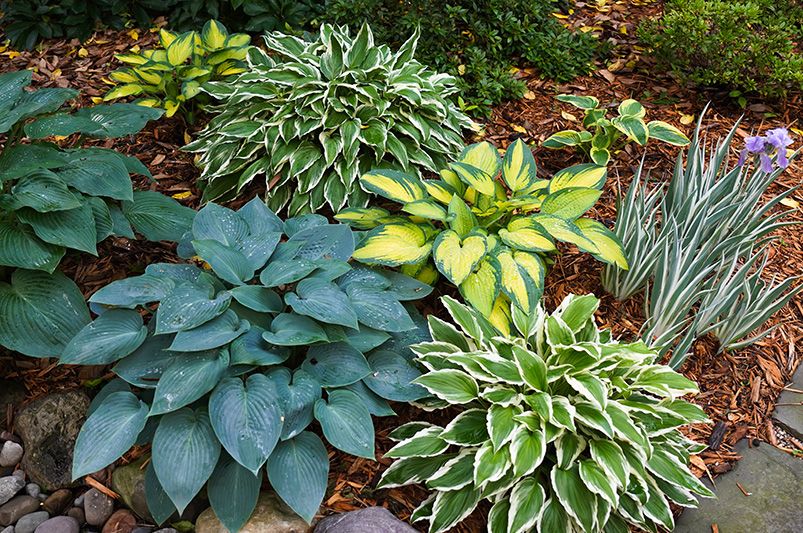
Steps to Implement Succession Planting
-
Create a Bloom Calendar: List plants by bloom month to visualize coverage.
-
Mix Plant Types: Combine perennials for structure, annuals for bright bursts, and bulbs for seasonal punctuation.
-
Use Foliage Wisely: Even after flowering ends, contrasting leaf shapes (like hosta or ornamental grass) maintain interest.
-
Plan for Gaps: When one group dies back, have others ready to take center stage.
Example: In late summer, when tulips have long faded, asters and rudbeckia rise, ensuring seamless color continuity.
Designing for Seasonal Flow
Creating a four-season garden is like composing music—each section must transition smoothly to the next.
Balance and Flow
-
Color Harmony: Move from pastels in spring to bold tones in summer and warm hues in fall.
-
Texture Transitions: Use fine foliage (grasses) to connect soft and bold forms.
-
Lighting Effects: Colorado’s strong sunlight highlights silvers and blues—use them strategically to cool the composition.
Creating Winter Garden Interest
Winter doesn’t mean dormancy—it’s an opportunity for subtle beauty.
-
Evergreen Massing: Plant groups of evergreens to frame views and add visual stability.
-
Bark and Branch Color: Paperbark maple and red-twig dogwood shine against snow.
-
Structural Hardscapes: Stone paths, arbors, and raised beds stand out when foliage fades.
Bonus: Add solar or low-voltage lighting to illuminate shapes and textures during long winter nights.
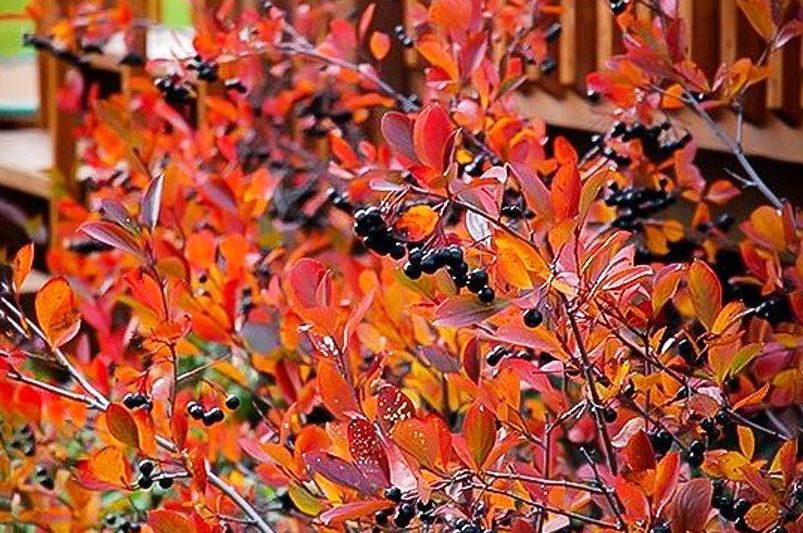
Colorado Hardy Plants: Beauty Meets Resilience
Choosing plants native or adapted to Colorado ensures success with minimal maintenance.
Consider:
-
Native Perennials: Blanket flower, yarrow, penstemon
-
Drought-Tolerant Shrubs: Rabbitbrush, mountain mahogany
-
Cold-Hardy Trees: Ponderosa pine, aspen, and chokecherry
These thrive in Colorado’s temperature swings, poor soils, and dry conditions—all while keeping your garden stunning.
Maintenance Made Simple
To keep color thriving:
-
Mulch to retain moisture and regulate soil temperature.
-
Deadhead faded blooms to encourage rebloom.
-
Prune shrubs selectively in late winter for strong spring growth.
-
Adjust watering seasonally—less in winter, more during summer heat.
Downloadable Resource: “The Year-Round Color Planner”
Plan Your Perfect Four-Season Colorado Garden
Get ShrubHub’s exclusive Year-Round Color Planner — a printable PDF featuring planting calendars, top 20 Colorado-hardy plants, and seasonal layout diagrams. Bring your landscape dreams to life, one season at a time.
Ready to transform your yard into a four-season paradise?
ShrubHub’s expert landscape designers create custom plans tailored to Colorado’s climate—complete with 3D visuals, local plant recommendations, and installation support.
Start Your Free Design Quote Today at ShrubHub.com
5 FAQs About Year-Round Colorado Gardening
1. What are the best flowers for continuous bloom in Colorado?
Mix bulbs (tulips, daffodils) for spring, perennials (coneflowers, yarrow) for summer, asters for fall, and winter bloomers like witch hazel.
2. How do I keep color in my garden during winter?
Incorporate evergreens, ornamental grasses, and shrubs with colorful bark or berries.
3. Do native plants really make a difference in year-round design?
Yes! Colorado natives thrive with minimal water and maintenance, providing lasting color and resilience.
4. How can I plan a garden that looks full all year?
Use plant layering and succession planting to ensure overlapping blooms and strong structural interest.
5. Can ShrubHub help me design a four-season garden?
Absolutely! Our professional designers specialize in climate-smart landscapes that deliver color and charm in every season.


